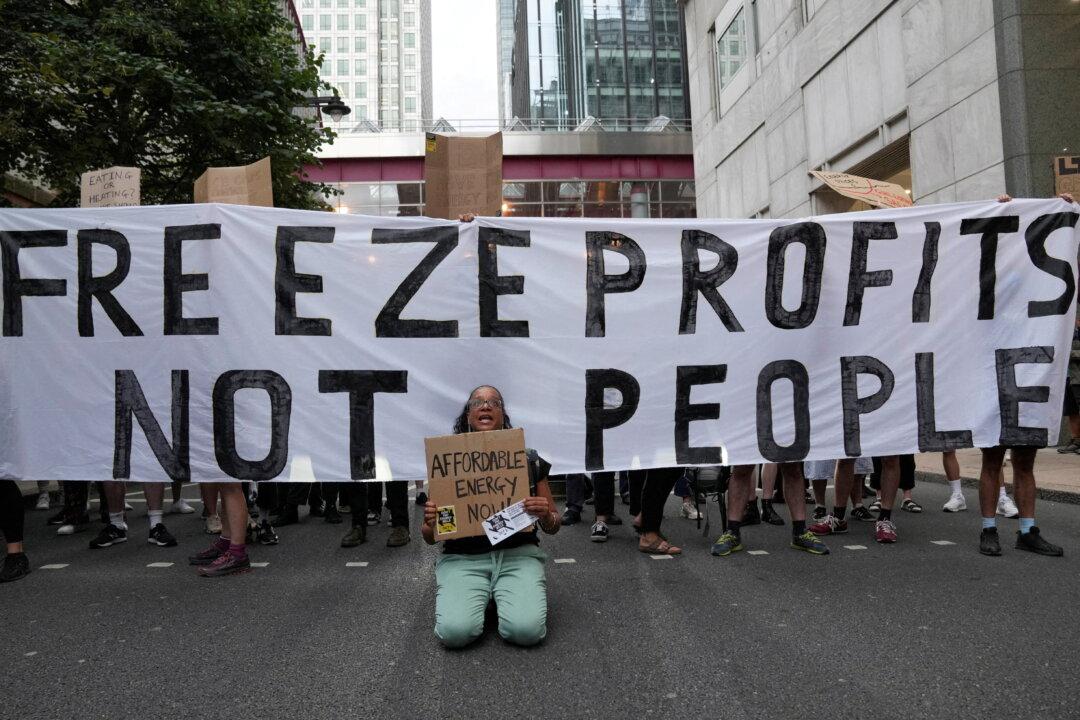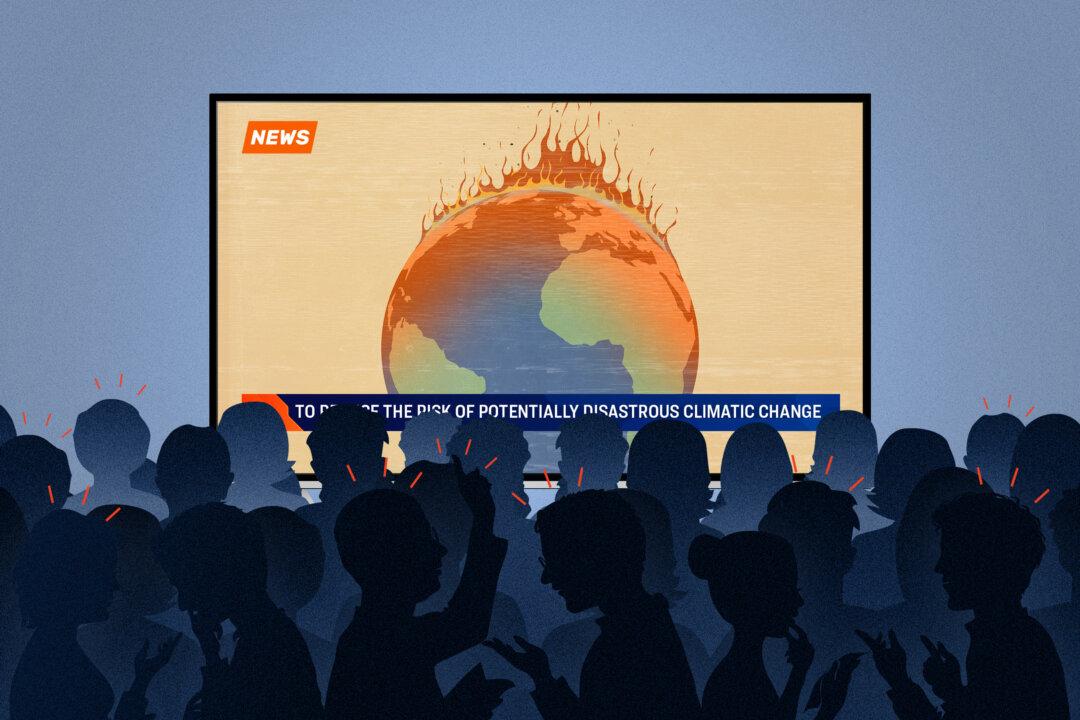Even with recent reports of a temporary gas surplus, Europeans, nevertheless, face a harsh winter as analysts warn that a lack of gas could rock the economy in the coming months. Further, even if Europe pulls through this winter relatively unscathed, predictions for next winter paint a bleak future.
Warnings notwithstanding, on Oct. 24, the European Union Environment Council approved new climate mandates that reflect the objectives of the European Green Deal. Mandates are legally binding to EU members.





